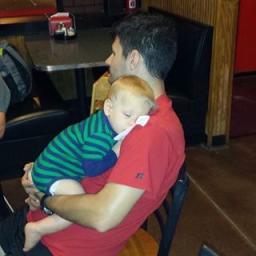Case
Word Problems
Word problems seem to be a source of many students failing grades and frustrations. I try to incorporate the word problem strategy "CUBES" into my classroom. This seems to help students. However, so many teachers just tell me to not incorporate word problems into assessments. However, I feel that is doing my students an injustice since so many state and nation wide assessments incorporate word problems. How else can I engage my students with word problems, especially those who have trouble reading?
Solution #1
I agree with relating the word problems with somehting the students can personally relate to.
Solution #2
I agree with this strategy completely! I have always been a student that struggled with word problems in math, and math in general. When I had a teacher show me how to dissect only the necessary information from a problem, I became more successful in finding the answer.


